-
Content count
685 -
Joined
-
Last visited
Posts posted by nlappos
-
-
I flew with Marco Caflisch, out of Palo Alto. He is a fine instructor, and has Avid/Kitfox experience. He has a web page: https://www.advantage-aviation.com/instructor/marco-caflisch/
-
Jim, it is careful thinking like yours that lets you earn your gray hairs!
1 person likes this -
I suspect that engine idle and prop pitch angle are big drivers here. If you have the nerve, can I suggest you kill the engine and stop the prop and do the descents again?
-
I just ordered a sweatshirt, no idea how good they are but I'll let you know. Came from the FaceBook Avid page.
-
I just ordered a sweatshirt, no idea how good they are but I'll let you know. Came from the FaceBook Avid page.
-
-
Thanks nlappos, Thats the path I am taking. I have the Matco Masters ordered.
I also found bleeding was easier with the external reservoir. I use the tube in the bottle technique to bleed. With the new brakes I can hold at nearly full throttle with my 670cc 91 hp engine.
Good luck with your new airplane!
-
Brakes is a fun topic. I made mine right by changing the pivot point to get the required 2.5:1 ratio between the pedal and the cylinder. The below phoos show it all. The first is the Matco explanation of what the 2.5 ratio is
The second is my old, original weak brake system, with the wrong ratio. Note the fat cylinder (with the self-enclosed reservoir) will not allow the right ratio.
The third is the new skinny cylinders with external reservoir that allow closer pivot point, so the 2.5 ratio is met. They work just fine.
-
Belly Radiator on a D or C model
My Mark IV with a 582 and with two cheek radiators was never cool in the summer, no matter how I sealed around the cowling (and even cut the nostril opening wider). I had to step climb in the summer to let the radiator temp come down.
I added the belly radiator when I upgraded to the 670, (which put out much more heat) and my water temp was entirely copesetic after that. I had to drop the radiator about an inch after initial install to get better air for cooling. I think the install cost me a little speed, but the basic machine isn't very slick, so who knows?
-
-
Absolutely, having an airplane at home is like a gift from heaven, I bet!!
I also bet the tower will work with you, after they try you out to see if you can simply follow their instructions.
Good luck!!
-
You are almost within airport boundaries! Do you have a good VHF radio? Probably essential.
I'd stop by and see the tower folks in person. bring this photo, and see if they are willing to have you call, and integrate you into their traffic. It's done all the time elsewhere. My guess is your standard request could be to call prior to takeoff, get a clearance then climb into their airspace heading south-east (to avoid the 7/25 and 14/32 runway traffic) , and depart the Class D below 500 feet until 5 miles south east.
Without a radio, my guess is they will be very reluctant to permit you to operate.
-
A couple of important things:
1) Make sure it has a current, valid Airworthiness Certificate. Some sellers panic and (under the advice of a poor lawyer) cancel this in an inept attempt to avoid liability, a foolish thing that turns it from an airplane into a pile of parts. If you have no valid certificate, then you have to work with the FAA to prove the origins of virtually every part and every build process. Good luck. The Certificate should also have a few pages of signed Operating Limitations, which define the limits of the plane.
2) Expect to sign an EAA Liability release document that releases the seller of any liability. (https://www.eaa.org/eaa/aircraft-building/builderresources/next-steps-after-your-airplane-is-built/selling-and-buying-articles/part-3-waiver-and-releases-buying-and-selling-a-homebuilt)
2) Maintenance records going back to the beginning, or at least the last 5 years of so, including signed off Condition Inspections. If the last condition inspection (sometimes called an "annual inspection") is out of date, no big problem, and A&P mechanic can help you get it back with a half day's inspection.
3) solid weight and balance information, last weighing, and an equipment list as part of the weighing.
Good Luck!
-
Can I presume that you have the two cheek radiators in the nose as your only cooling? If so, this behavior is normal, the 582 cooling is marginal on warm days, especially at takeoff and climb.
Many folks have to step climb by lowering the nose and accelerating during climb when the temperature climbs to the red line, since speed helps the radiators heat absorbtion.
Adding a belly radiator for the hot season is the answer if your ambient OAT is at 35 C or so.
-
Sounds like some really nice flying, staying out of stall/spin territory while milking out a turn, and while figuring out the throttle combo that allowed you to get back. Good Job!
-
-
Lots of different items on Ebay that could work:
https://www.ebay.com/str/alltradesupply?_trksid=p2047675.m3561.l2563
-
The rod sees pilot forces so it is not highly stressed. I would think you could just clean it off and slip a section of opened up tubing over it, epoxied in place as a doubler. Welding it on is even better.
To proof load the rod afterward, see FAR Sec. 23.397, which says the rod must withstand being pulled at between 100 and 167 lbs of force at the stick against the stop without deforming.
-
-
Turns head to one side, "Cough, Cough!"
1 person likes this -
-
marky244,
AK Flyer was kind enough to scan my MK IV build manual with his high speed scanner, maybe he would borrow yours to do the same, so we can post them for everybody.
-
Some newbie! Welcome to the group, you'll fit right in!
-
My thoughts:
I suspect the best short field takeoff depends on the softness of the surface. If the field is not very soft, and therefore the wheel drag is low, then raising the tail early in the takeoff run might lead to better acceleration and shorter ground run. Also, the snap liftoff when you finally raise the nose will make you climb earlier than mushing off with max angle of attack held throughout the ground run.
If the surface is soft, then getting the weight off the wheels earlier is probably best, so a max angle of attack ground run is best.
In either case, the shorter tail spring is a better bet, because you get the choice of having a high angle of attack on the ground run. A long spring takes away that choice.
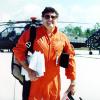
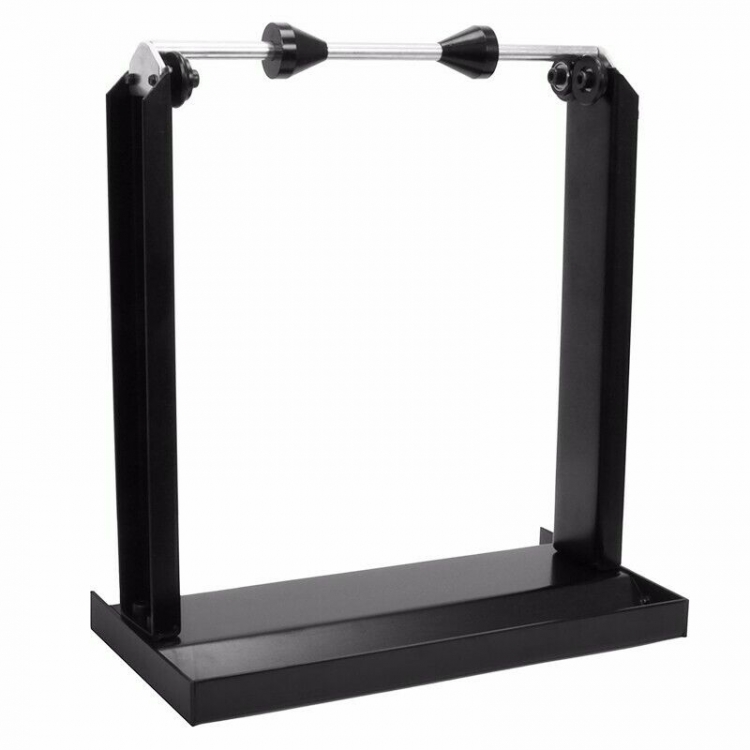

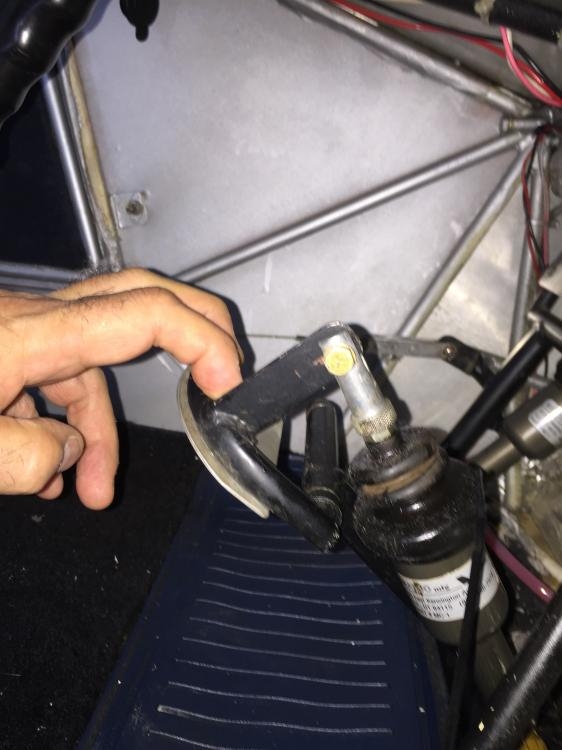
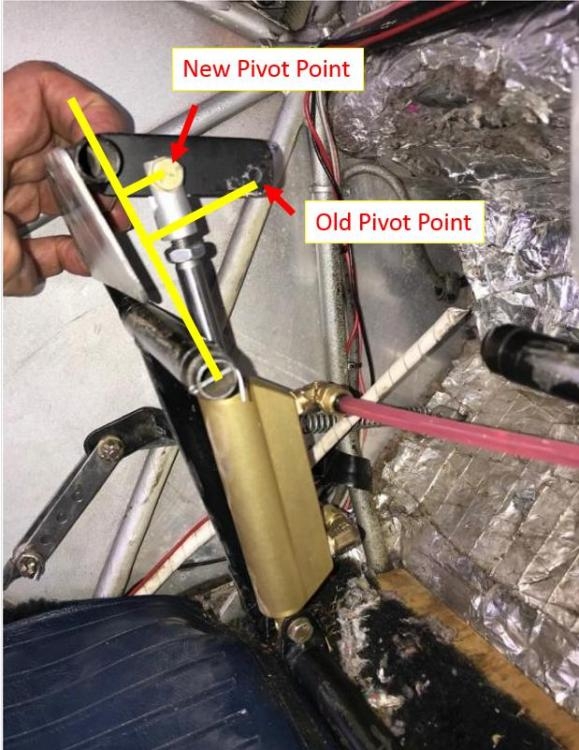
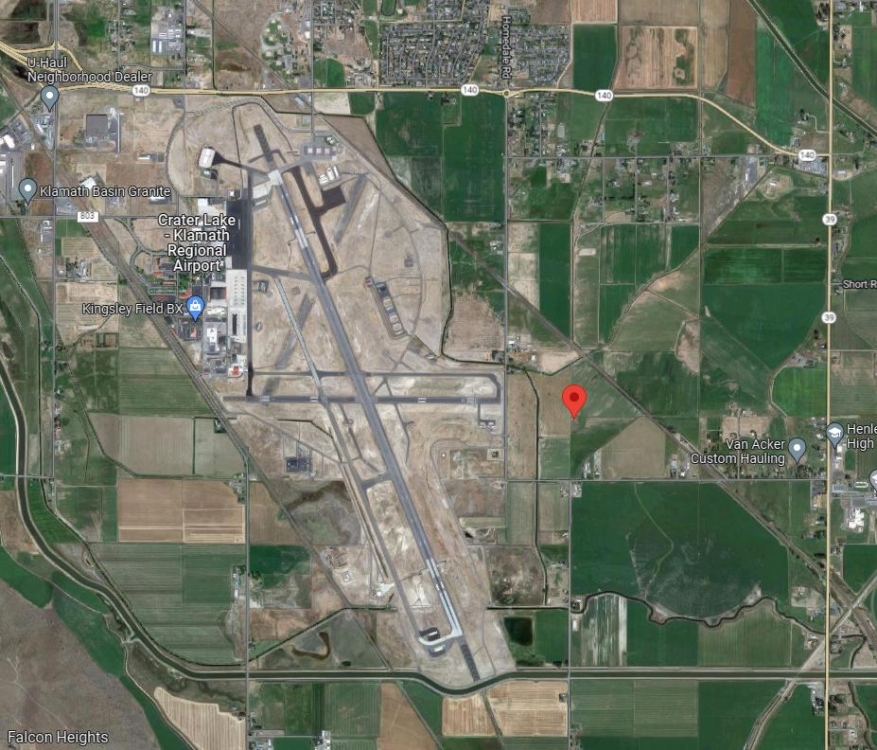
Diffference between Mk IV and Avid Lite?
in Avidfoxflyers General Hangar
Posted
Jeromef,
That serial number makes sense (1274D) My Mark IV has serial number of 1174D, and was made about 1994.